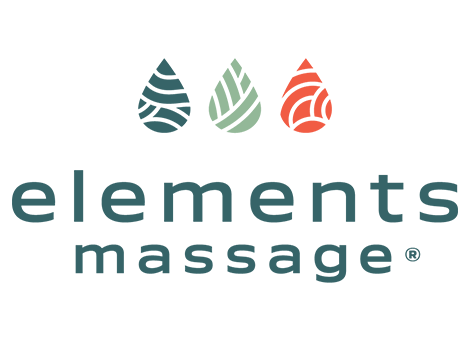Respiration, or the process of breathing, involves the inhalation and exhalation of air and is critical for oxygen supply and the removal of carbon dioxide from the body. Several factors can impact respiration, including stress, anxiety, and muscle tension. Massage therapy has been observed to positively influence respiration by promoting relaxation, reducing muscle tension, and improving respiratory function (Moraska, 2013).
How Does Massage Therapy Affect Respiration?
The effects of massage therapy on respiration occur through several mechanisms:
-
Relaxation Response: Massage therapy can stimulate the parasympathetic nervous system (PNS), which in turn triggers a relaxation response. This relaxation response can slow respiration, promoting deeper and more controlled breathing (Diego & Field, 2009).
-
Reduction of Muscle Tension: Massage can help to loosen tight muscles and improve the flexibility of the chest wall, which can enhance lung capacity and facilitate deeper breathing (Sherman, 2014).
-
Stress Reduction: As massage therapy can reduce stress and anxiety, it can also alleviate the rapid, shallow breathing often associated with these states, encouraging slower, more controlled breathing (Field, 2010).
Scientific Evidence on Massage Therapy and Respiration
While there are fewer studies specifically focused on the effects of massage therapy on respiration, available research suggests it can have a positive impact. For example, a study by Diego and Field (2009) found that participants who received a moderate-pressure massage showed significant reductions in respiratory rate compared to a control group.
In a clinical trial by Kauer, Prins, & van den Berg-Emons (2012), patients with chronic lung disease who received massage therapy exhibited improved respiratory muscle strength and lung capacity.
Finally, a study by Field et al. (2005) found that massage therapy reduced anxiety and negative mood in adults, potentially influencing the improvement in their respiration rates.
References
- Diego, M. A., & Field, T. (2009). Moderate pressure massage elicits a parasympathetic nervous system response. International Journal of Neuroscience, 119(5), 630-638.
- Field, T. (2010). Touch for socioemotional and physical well-being: A review. Developmental Review, 30(4), 367-383.
- Kauer, J., Prins, J., van den Berg-Emons, R., & Stam, H. (2012). Effects of massage therapy on lung function in patients with spinal cord injury: A pilot study. The Journal of Spinal Cord Medicine, 35(5), 347-353.
- Moraska, A. (2013). Therapist education impacts the massage effect on postrace muscle recovery. Medicine & Science in Sports & Exercise, 45(2), 354-361.
- Sherman, K. J. (2014). Guidelines for developing yoga interventions for randomized trials. Evidence-Based Complementary and Alternative Medicine, 2014.

